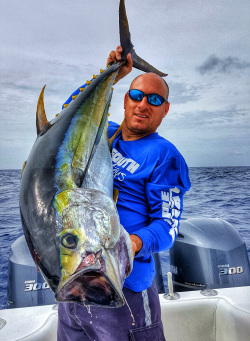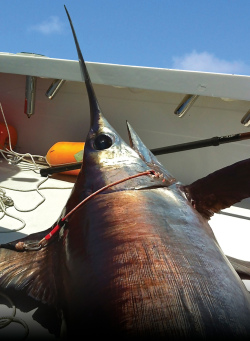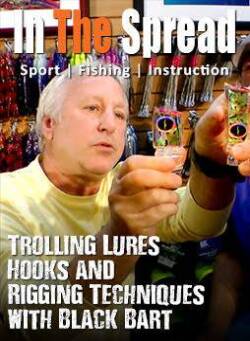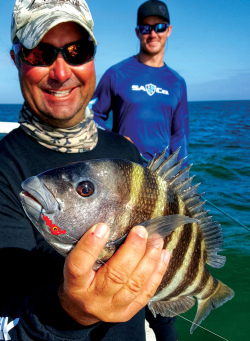The upper Florida Keys offer excellent flats fishing opportunities, especially for black drum. Instructor Ruben Lee, a knowledgeable keyfisher, shares tips on sight casting to black drum in skinny waters. Black drum fishing on the flats requires spotting, determining feeding, and positioning your presentation. Learn tides, atmospheric conditions, and baits to have a fun-filled day of sight casting.
Black Drum Fish - Sight Casting on the Flats
(00:31:34)
Watch Full Video
View Short Trailer
Instructor:
Ruben Lee
Description
/
Review
/
Instructor
Flats Fishing for Black Drum: Sight Casting in Shallow Water
Black drum on the flats demand a different approach than most shallow water species. These fish feed aggressively in water so thin their backs often break the surface, but they spook easily and move unpredictably across mud and grass edges. Success requires understanding what drives their behavior, not just following a standard flats fishing playbook.
Understanding Black Drum Behavior on Shallow Flats
Black drum push onto flats during rising and high tides to root through soft bottom for crabs, shrimp, and mollusks. Water temperature and current flow dictate their activity level. In cooler water, they feed more deliberately and hold tighter to channels and deeper pockets. As water warms into the 70s and 80s, they spread across expansive flats and become more aggressive. Look for mudding behavior where groups of drum stir up clouds of sediment while feeding. This visual cue reveals feeding fish and tells you where to position before they arrive.
Execution and Tactical Adjustments
Spotting black drum in skinny water requires reading subtle signs: tails, wakes, nervous water, and mud clouds. Experienced anglers scan ahead of the boat and identify fish by movement patterns rather than waiting for obvious tails. Cast placement is critical. Lead fish by 3 to 6 feet depending on depth and visibility, allowing the bait to settle naturally before the drum reaches it. In clear, calm conditions, longer leads prevent spooking. In stained water or current, tighter casts keep bait in the strike zone.
Florida Keys guide Ruben Lee demonstrates how to navigate flats structure, position the boat for optimal casting angles, and adjust presentation based on fish behavior and environmental conditions. The techniques covered apply across Gulf Coast and Atlantic flats where black drum feed in shallow water.
Login
to leave a review.
User Reviews
There are no reviews yet.We Recommend
0




